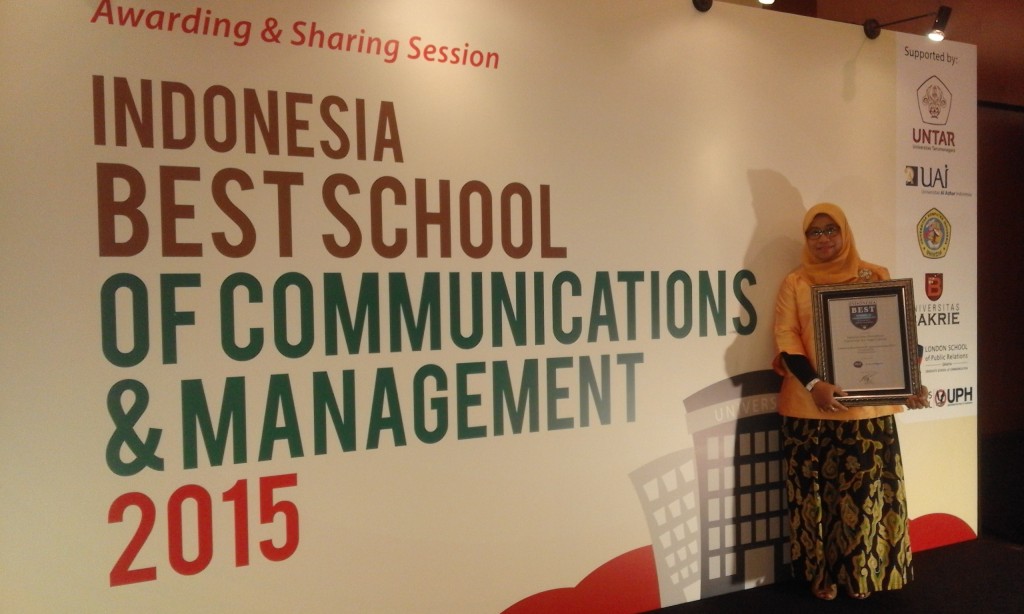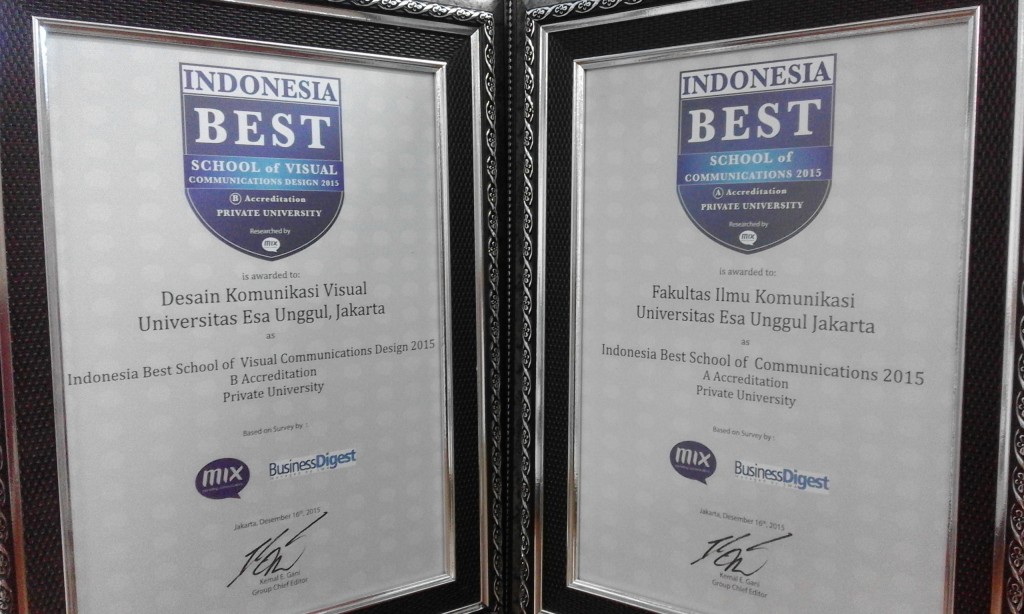THE CHALLENGE OF ORGANIZATIONAL COMMUNICATION
Prepared by Z. Hidayat, MM, M.Si.
• The Communication Era
• Communication: The Key to Organizational Excellence
• Basic of Human Communication
• Concepts Organization
• Definitions of Org. Communication
The Challenge
- We are in one of the most turbulent periods in history.
- Creativity is more important than ever.
- The contemporary organization facing:
- Increased economic pressures
- Globalization
- Rapidly diversifying employee and customer bases
- Changing technology
- Increasing awareness or org relationships to society
- New organization types
- New relationship between org and employees
- More be complexity
The Communication Era
- We live, work, and play in complex communication environments.
- Sophisticated comm tech have changed the way we do everything.
- Information Society: Environment in which more jobs create, process, or distribute information than directly produce goods. The environment is characterized by mass production of information, which requires the constant learning of new activities and processes.
Technological environment challenge
- The rise of digital communication in the late 20th century has made it possible for media organizations (or individuals) to deliver text, audio, and video material over the same wired, wireless, or fiber-optic connections. At the same time, it inspired some media organizations to explore multimedia delivery of information.
- This digital convergence of news media, in particular, was called "Mediamorphosis" by Roger Fidler (1997).
- Today, we are surrounded by a multi-level convergent media world where all modes of communication and information are continually reforming to adapt to the enduring demands of technologies, "changing the way we create, consume, learn and interact with each other".
- Convergence in this instance is defined as the interlinking of computing and other information technologies, media content, and communication networks that has arisen as the result of the evolution and popularization of the Internet as well as the activities, products and services that have emerged in the digital media space.
- Many experts view this as simply being the tip of the iceberg, as all facets of institutional activity and social life such as business, government, art, journalism, health, and education are increasingly being carried out in these digital media spaces across a growing network of information and communication technology devices.
COMMUNICATION: THE KEY TO ORG EXCELLENCE
- Organizational Excellence: Ability of people to work together and utilize technology for the creative solving of increasingly complex problems.
- With this emphasis on the complex, fast-faced information society and the importance of human communication, questions arise concerning what skills and abilities organizations need from their future employees.
- How should individuals prepare themselves for the information responsibilities and opportunities that almost inevitably will be a part of the future? What does it take to contribute to organizational communication excellence?
COMMUNICATION COMPETENCY
- Communication Competency: Composed of knowledge, sensitivity skills, and values. Competence arises from interaction of theory, practice, and analysis.
- Fred Jablin & Patricia Sias (2001) suggest that the concept of communication competency is best understood by an ecological model that revolves around four systems:
- The microsystem, which contains the developing organizational member and other persons in the immediate work environment (e.g. supervisors, coworkers, and clients);
- The mesosystem, which represents the interrelations among various microsystems (e.g., what individuals learn in their project teams may affect their competence in the functional work groups in which they are members);
- The macrosystem, which does not represent the immediate context in which an individual works, but does impinge him/her (i.e., major divisions of the organization and the organization itself as a whole); and
4.The ecosystem, which represents the overcoming cultural belief system, forms of knowledge, social, technological, and political ideologies.
Sumber Weblog Esa Unggul
Read More..













